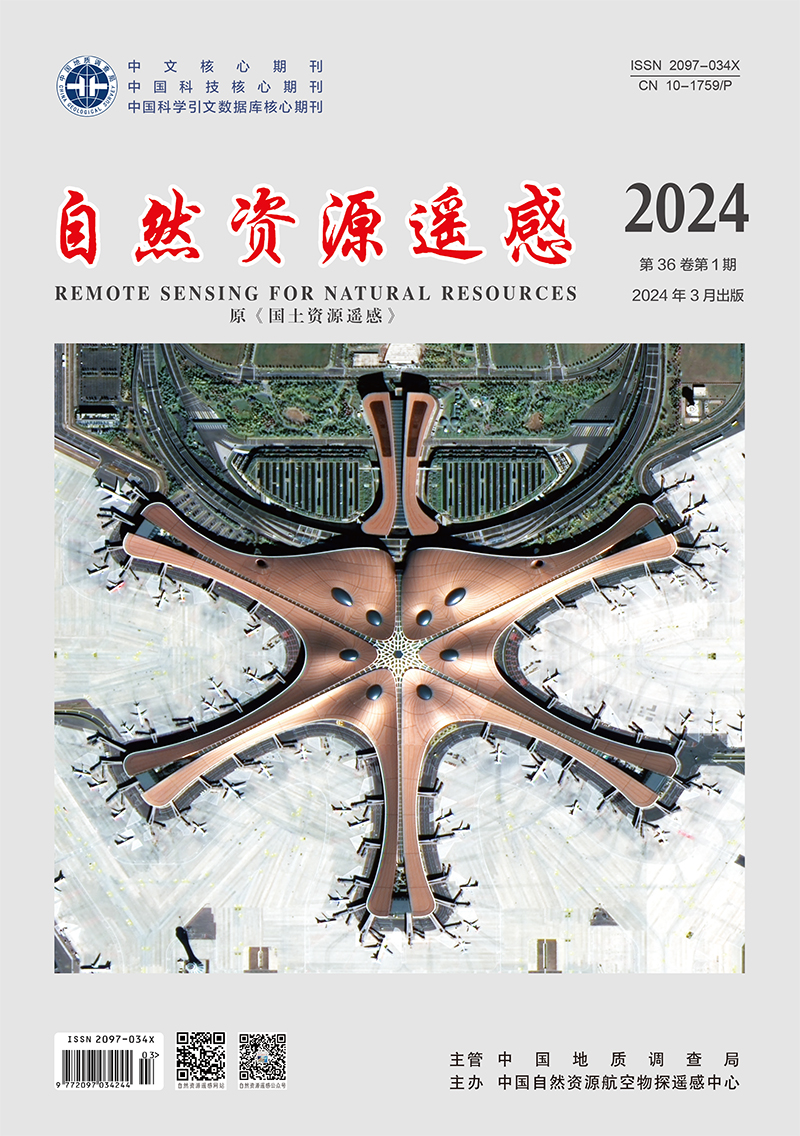YU Hang, TAN Bingxiang, SHEN Mingtan, HE Chenrui, HUANG Yifei. 2024. Identifying predominant tree species based on airborne hyperspectral images using machine learning algorithms. Remote Sensing for Natural Resources, 36(1): 118-127. doi: 10.6046/zrzyyg.2022383
| Citation: |
YU Hang, TAN Bingxiang, SHEN Mingtan, HE Chenrui, HUANG Yifei. 2024. Identifying predominant tree species based on airborne hyperspectral images using machine learning algorithms. Remote Sensing for Natural Resources, 36(1): 118-127. doi: 10.6046/zrzyyg.2022383
|
Identifying predominant tree species based on airborne hyperspectral images using machine learning algorithms
-
YU Hang1,2,
-
TAN Bingxiang 1,2, ,
-
SHEN Mingtan 1,2,
-
HE Chenrui 1,2,
-
HUANG Yifei 1,2
-
1. Research Institute of Forest Resources Information Techniques, Chinese Academy of Forestry, Beijing 100091, China
-
;2. Key Laboratory of Forestry Remote Sensing and Information System, NFGA, Beijing 100091, China
More Information
-
Corresponding author:
TAN Bingxiang
-
Abstract
Identifying forest tree species can provide a valuable scientific reference for ascertaining forest resources. However, it is difficult to achieve accurate tree species classification even using hyperspectral data with high spatial resolution. Hence, there is an urgent need to meet this challenge. This study investigated the Genhe Forest Reserve in the Great Xing’an Range within Inner Mongolia. At spatial resolutions of 1 m and 3 m, two sample value scales were employed: sample points (i.e., the spectral values of pixels corresponding to sample plots) and sample planes (i.e., the average spectral values of pixels in a 3×3 window corresponding to sample plots). Then, this study explored the identification effects of predominant tree species using airborne hyperspectral images based on three machine learning algorithms: neural network (NN), three-dimensional convolution neural network (3DCNN), and support vector machine (SVM). Key findings include: ① Regardless of spatial resolution and sample value scales, the 3DCNN exhibited the highest classification accuracy, yielding the highest overall accuracy and Kappa coefficient of 95.42% and 0.94, respectively; ② Compared to a low spatial resolution (3 m), a high spatial resolution was more favorable to the identification of predominant tree species, with overall accuracy and Kappa coefficient increased by 30.97% and 54.24% at most, respectively; ③ In the case of NN/SVM-based classification, sample points outperformed sample planes in improving the accuracy of tree species identification. In contrast, sample planes outperformed sample points for 3DCNN-based classification at a spatial resolution of 3 m. Overall, spatial resolution, sample value scales, and classification algorithms manifested varying degrees of effects on the identification accuracy of predominant tree species. High-spatial-resolution images, small-sample data, and deep-learning algorithms can be combined to enhance the accuracy of predominant tree species identification using airborne hyperspectral images.
-

-
-
Access History







 DownLoad:
DownLoad: